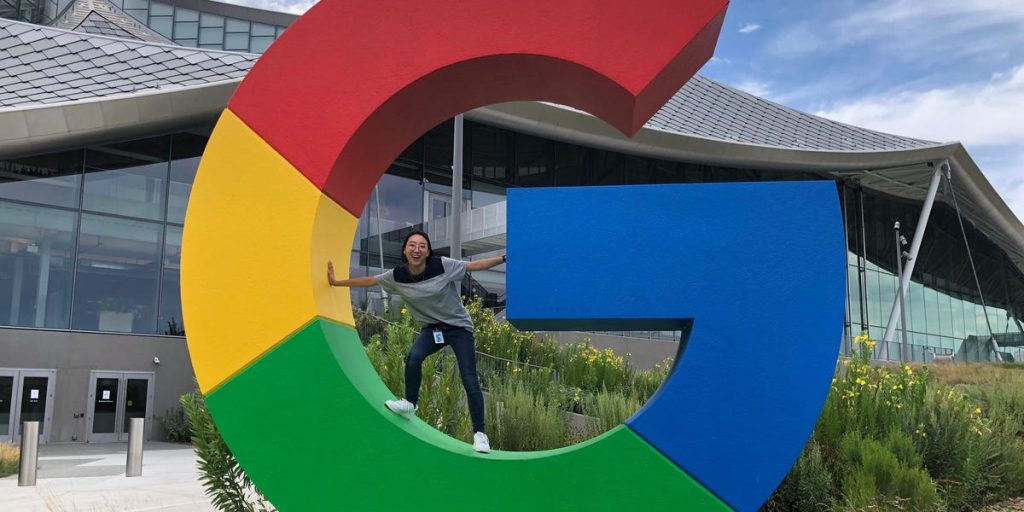This as-told-to essay is based on a conversation with 28-year-old Jen Baik, a former Google employee who left the company to focus on AI safety. The following has been edited for length and clarity.
My first two years at Google, working as a product operations manager for Google Meet, were magical in a way I could have never imagined. The job was challenging, and I got to collaborate with some of the best people I’ve ever encountered.
It was perfect on paper, but something was missing. As time went on, being on the outskirts of the suffering I knew was happening in the world while growing money felt jarring. It was like being in Disneyland every day: the massage rooms, unlimited food, and other perks. But at some point, you get sick of Disneyland.
I’ve always been keen on mission-driven work. Growing up, I wanted to be a therapist, a teacher, or work at a nonprofit. After college, my goal was to pay off my student loans and build a safety net for my parents. I started my career in consulting at Accenture, working on tech strategy, which was challenging and interesting.
After being in the workforce for a bit, effective altruism came into the picture because of how comfortable I knew my life was, despite the fact that so many others lacked resources. I wished I could take less of what I had and give it to someone who needed it more, and I was searching for an analytically driven understanding of how to work to alleviate suffering.
At Google, I served as co-lead of a grassroots effective altruism club, where we coordinated discussions, wrote a newsletter, and encouraged people to make use of the $400 that the company gives employees to make a holiday donation.
Leaving was one of the most difficult decisions I’ve ever had to make. But after paying off my loans and saving up for my parents, I gave myself permission to take a chance on myself — even as it meant walking away from a six-figure job and unvested equity that could’ve amounted to the purchase of a house one day.
My next chapter in effective altruism
I originally got into effective altruism through a global health and development lens, but AI safety sprang up on me last year after reading Scott Alexander’s “AI 2027,” which posits a scenario where artificial superintelligence could disempower humanity. I also like Tristan Harris’ arguments about how AI could cause worse harms than social media.
Related stories
I think AI is going to change everything, and I want to be a part of working toward pathways that can lead to human flourishing and autonomy.
Without the rise of AI, I probably would’ve stayed at Google. I tried switching to AI-related roles internally, but it’s competitive to transfer, and I ultimately felt like I could effect a greater change outside.
Jen Baik
For my next chapter, I’m moving from New York to San Francisco to live in an intentional community. I want to focus on inner work and effective altruism — learning and being in the trenches. I’d like to offer support to Charity Entrepreneurship, which incubates evidence-backed charities, and plan to apply to the BlueDot Impact AI safety program.
I’ve lived in intentional communities before, and even started my own. That’s the vision I have for my life. It’s like a found family: the serendipitous conversations that can arise, cooking for one another, the community that compounds around aligned values.
Spending-wise, I don’t expect my lifestyle to change all that much without income. I have enough runway for a year, and another lever of longer-term savings after that. Plus, I tend to be pretty frugal, and wealth accumulation has never been a goal.
Before leaving a couple of weeks ago, my parents begged me to stay at Google, and friends warned me about the job market. Some were jealous, and some thought I was crazy. But even though it was really hard, I knew I didn’t want my life to follow the default path.


